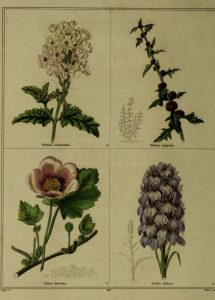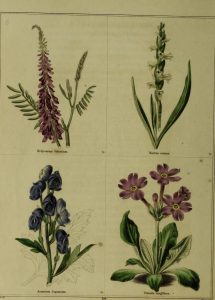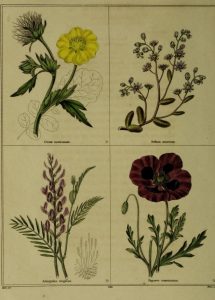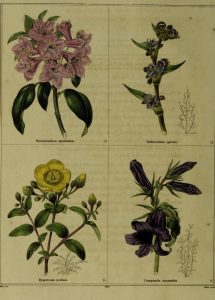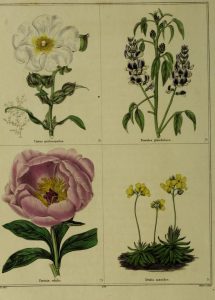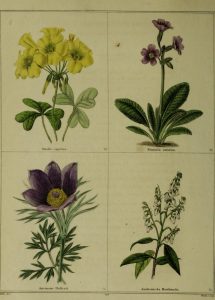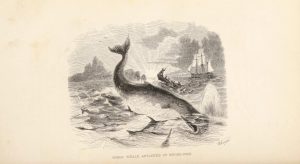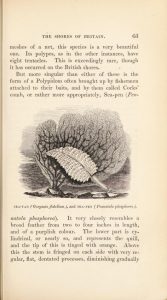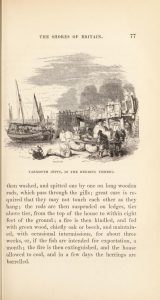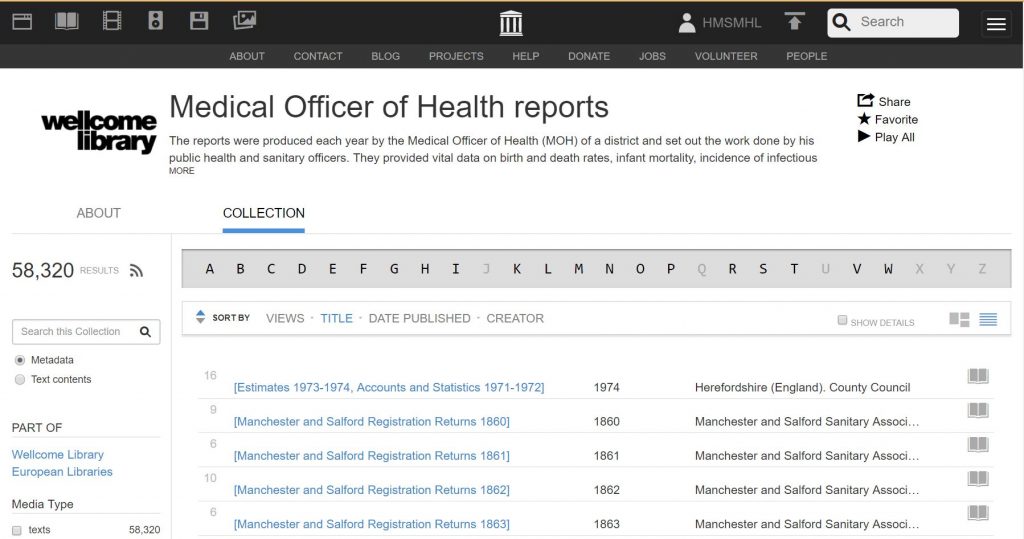Many of us know one of the most popular methods of taking quinine was in a drink — if you watched Jewel in the Crown in the 1980s, you may even specify the drink as a gin and tonic. The liquor — of whatever kind — helped to cover the bitterness of the quinine, thus making a vital medicament palatable. Robert Robertson took it a step further and imagined quinine-laced baked goods.
The Walcheren campaign (1809) took place during the Napoleonic wars in Europe; this particular campaign left British military forces stranded in a swampy region of the Netherlands. Troops were exposed to malaria-bearing mosquitoes as well as other sources of remitting fevers. Quinine was in short supply and the campaign — such as it was — ended in an ignominious British withdrawal.
Robertson considers whether quinine might have been more effectively delivered to the troops — always assuming they had enough of it, of course — as a pastry: quinine-laced gingerbread.






